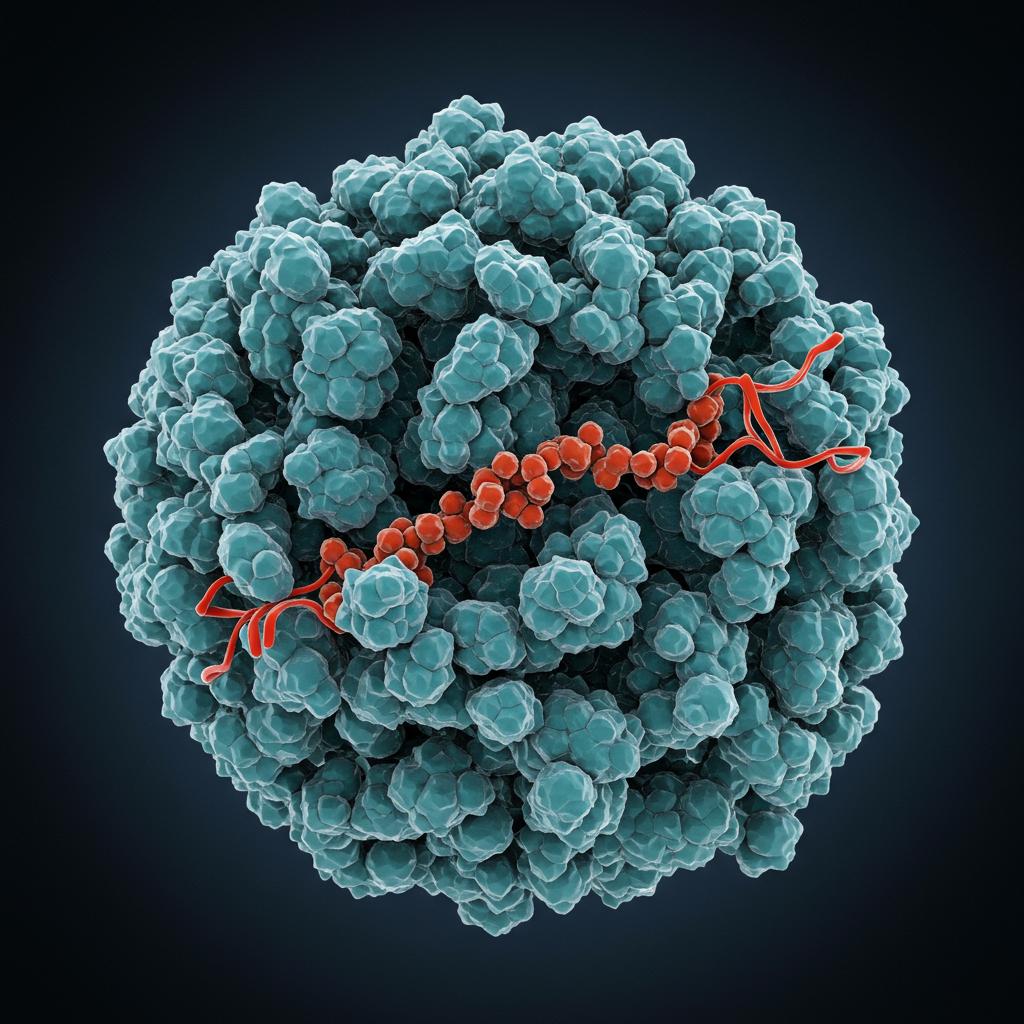
Ever wonder how our cells manage to keep their genetic information neatly organized and functioning correctly? It’s a complex dance of molecules, and a key player in this choreography is a modification called H3K9me3. Think of it as a sort of molecular “tag” on our DNA packaging proteins (histones) that helps silence certain genes. Maintaining the right balance of this tag is crucial – too much or too little can lead to problems.
Scientists have known for a while that H3K9me3 is maintained through a kind of molecular feedback loop. A protein called HP1 recognizes existing H3K9me3 tags and recruits another protein, SUV39H1, which adds more of these tags to neighboring histones. This creates a self-reinforcing cycle, ensuring that the “silenced” state is maintained. But how do our cells prevent this loop from spiraling out of control and silencing too many genes? That’s the question researchers set out to answer.
Using a powerful gene-editing tool called CRISPR-Cas9, the researchers conducted a comprehensive search for genes involved in regulating H3K9me3. Their search led them to a fascinating discovery – a protein complex called CUL5ASB7. This complex acts as a kind of “brake” on the H3K9me3 feedback loop.
Here’s a breakdown of how it works:
- HP1 recruits ASB7: Just like it recruits the “activating” protein SUV39H1, HP1 also brings ASB7 to the tagged histones.
- ASB7 promotes SUV39H1 degradation: ASB7 tags SUV39H1 for destruction, preventing it from adding more H3K9me3 marks. This elegant mechanism ensures the feedback loop doesn’t run rampant.
- Cell division adds another layer of control: During cell division, a protein called CDK1 modifies ASB7, temporarily preventing it from interacting with SUV39H1. This allows SUV39H1 levels to recover and restore H3K9me3 levels after cell division is complete.
This intricate system acts like a thermostat, carefully regulating H3K9me3 levels. It ensures that the right genes are silenced at the right times, while also preventing excessive silencing that could disrupt normal cell function. This discovery adds a significant piece to the puzzle of how our cells maintain epigenetic stability – the stable inheritance of gene expression patterns – and has important implications for understanding processes like development and disease.
The research highlights the importance of delicate balances within our cells. The interplay between HP1, SUV39H1, and ASB7 demonstrates how multiple molecular players work together to ensure the precise control of epigenetic modifications. Disruptions to this delicate balance could contribute to various diseases, making this research area a promising avenue for future therapeutic development. By understanding these fundamental mechanisms, scientists can pave the way for new treatments targeting epigenetic dysregulation in diseases like cancer.
